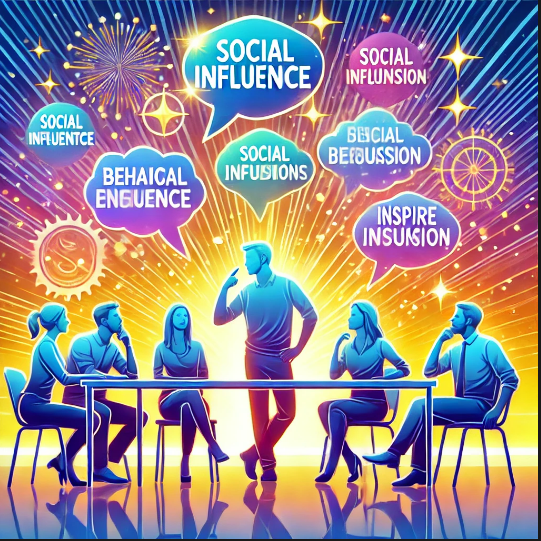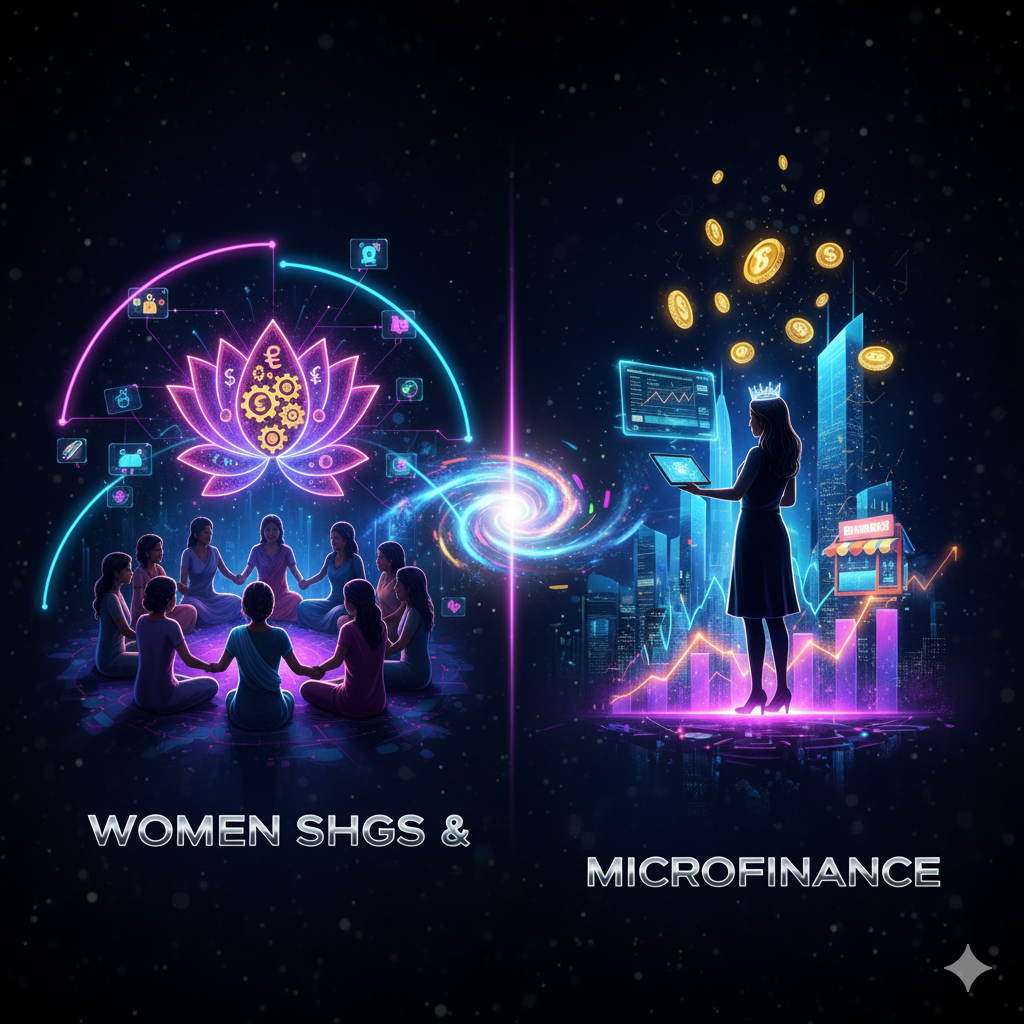Introduction
Social influence is a powerful force that shapes human behavior, attitudes, and decisions. It refers to the process by which individuals’ thoughts, feelings, and actions are affected by others. This influence can occur through direct interactions, social norms, or cultural expectations. In many cases, persuasion plays a significant role in bringing about behavioral change by strategically altering people’s beliefs, attitudes, or behaviors. This article explores the concept of social influence, its types, and the mechanisms through which persuasion drives behavioral change.
Understanding Social Influence
Social influence occurs in various ways, often depending on the context, authority figures, peer groups, and social norms. It is a fundamental aspect of human interaction and can manifest consciously or unconsciously.
Types of Social Influence
- Conformity: Individuals change their behaviors or attitudes to align with the group norms. This is often driven by the desire to fit in or be accepted.
- Compliance: A person changes their behavior in response to a direct request, even if they do not necessarily agree with it.
- Obedience: Individuals follow instructions or orders from an authority figure.
- Normative Influence: People alter their actions to gain social approval or avoid disapproval.
- Informational Influence: Individuals rely on others for guidance when they are unsure about a situation or decision.
The Role of Persuasion in Behavioral Change
Persuasion is a key mechanism of social influence. It is the process of changing an individual’s beliefs, attitudes, or behaviors through communication, reasoning, or emotional appeals. Effective persuasion relies on various techniques and psychological principles.
Key Elements of Persuasion
- The Source: The credibility, expertise, and attractiveness of the communicator affect the effectiveness of persuasion.
- The Message: Messages that evoke emotions, provide logical reasoning, or use storytelling are more persuasive.
- The Audience: Understanding the target audience’s values, beliefs, and motivations is crucial for successful persuasion.
- The Medium: The mode of communication (e.g., face-to-face, social media, advertisements) plays a significant role in the persuasiveness of a message.
Persuasion Techniques that Drive Behavioral Change
- Reciprocity: People feel obliged to return a favor or gesture, making them more likely to comply with requests.
- Commitment and Consistency: Once people commit to an idea or action, they are more likely to continue supporting it.
- Social Proof: Individuals follow the behavior of others, especially in uncertain situations.
- Authority: People tend to obey or trust experts, figures of authority, or those with perceived knowledge.
- Liking: People are more likely to be influenced by individuals they like or find relatable.
- Scarcity: Limited availability of an opportunity or resource makes it more desirable.
Applying Social Influence and Persuasion to Behavioral Change
Behavioral change through social influence and persuasion is widely used in various domains, including public policy, marketing, education, and health campaigns.
1. Public Policy and Governance
Governments use social influence to encourage behaviors such as tax compliance, voting, and civic participation. Persuasive campaigns with messages from trusted leaders can effectively shape public behavior.
Example: Social media campaigns promoting environmental conservation have led to increased public awareness and sustainable practices.
2. Health and Social Welfare
Health organizations use persuasion techniques to encourage healthy behaviors like vaccination, smoking cessation, and regular exercise.
Example: Anti-smoking advertisements that showcase real-life consequences of smoking influence smokers to quit the habit.
3. Marketing and Consumer Behavior
Brands leverage social influence to persuade customers to purchase products or services.
Example: Customer testimonials, influencer endorsements, and “limited-time offers” are common persuasion strategies used in advertising.
4. Education and Learning
Teachers and educational institutions use persuasive techniques to motivate students to develop a growth mindset, improve academic performance, and adopt positive learning habits.
Example: Encouraging students to set learning goals increases their commitment to achieving academic success.
Challenges of Social Influence and Persuasion
While social influence and persuasion can be used for positive change, they also have ethical concerns:
- Manipulation: Some persuasion techniques may be used unethically to deceive or exploit individuals.
- Resistance to Change: People may resist persuasion if they perceive it as a threat to their autonomy.
- Misinformation: Social influence can spread false or misleading information, especially on digital platforms.
To address these challenges, it is essential to promote ethical persuasion that respects individual autonomy and prioritizes informed decision-making.
Conclusion
Social influence and persuasion are integral to shaping behaviors and societal norms. Whether in governance, health, marketing, or education, understanding these concepts helps drive meaningful and ethical behavioral changes. By leveraging persuasion techniques responsibly, individuals and organizations can foster positive social impact and contribute to the betterment of society.




